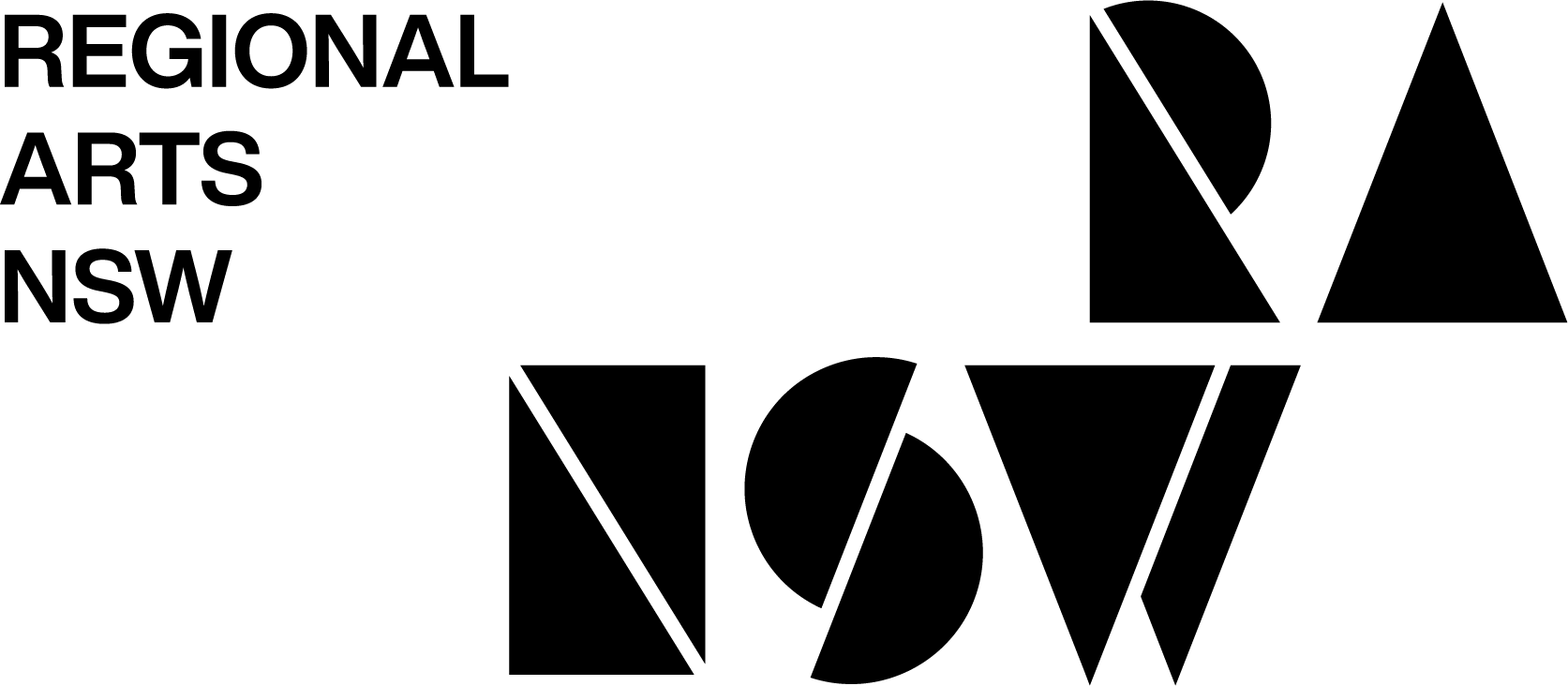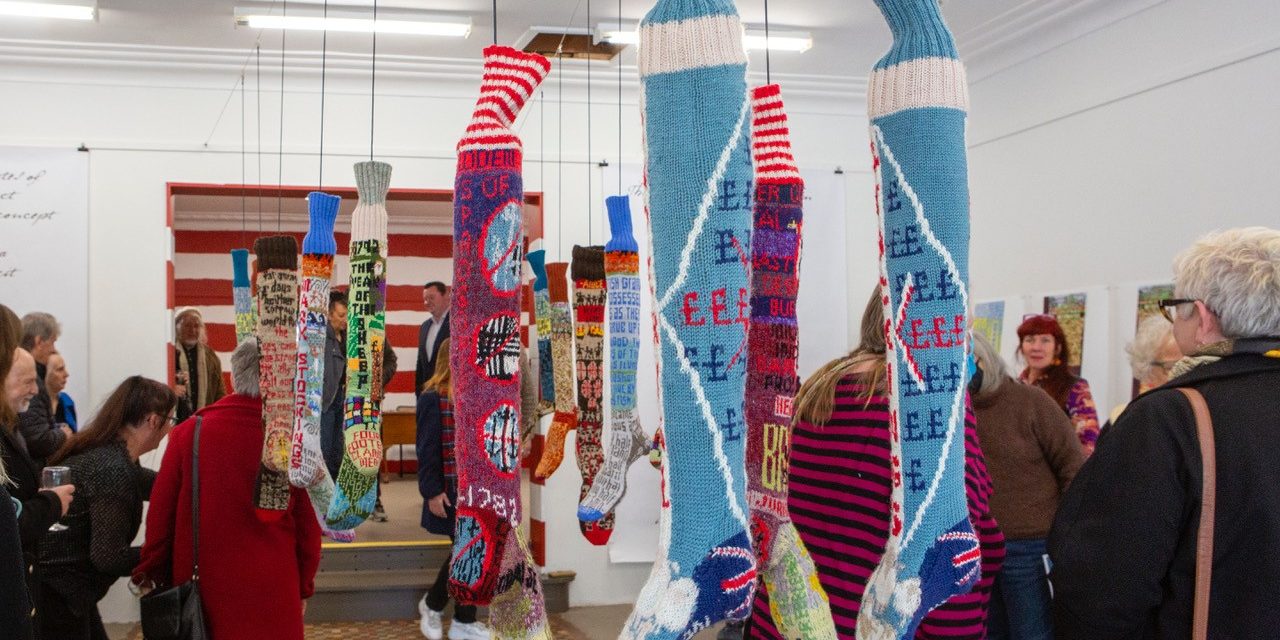A Very Long Echo, a recent Regional Arts Funded project by Mittagong artist Annemaree Dalziel, is a sequence of exhibitions, multi-sensory, participatory, and performative art activities that explore history, memory, and relationship to place within the Southern Highlands community.
Seeds for A Very Long Echo were first planted in 2007, when Annemaree was invited to join local project Needfire, as a set and costume designer. The project, a contemporary dance performance using highland dance as a form, told the story of a local farmer, and his Scottish Gaelic family history.
With Annemaree’s theatre design work informed by deep, historic research, during her readings for the project she learnt about the Scottish Highland’s more recent history, and what has come to be known as the Highland Clearances. “My family is predominantly Scots and Irish, and while I knew fragments of history, I discovered there were things I didn’t know,” says Annemaree.
The readings revealed a largely forgotten about history: thousands of traumatically dispossessed Gaelic-speaking Scots, displaced to Australia in the 19th century, weaving new nets of displacement, cultural grief and loss.
“I couldn’t get out of my head, the wail of grief that I heard in the poetry, in the court transcripts, in all of the things that followed the clearances,” says Annemaree
“When I realised that thousands of these people came to Australia, it clicked with things in my own family story. And I wondered, what happened with all that grief?”
Annemaree’s work with Kandos based arts organisation Cementa, highlighted for her people’s eagerness to know more about such histories.
“As an itinerant artist, I have encountered many regional Australian’s who know little about their family history, where they came from or why. Curious to know more, and troubled about the past, they seem unable to find out much about their forebears.” says Annemaree.
The first part of the project, Imperial Stockings, exhibited at social arts space, Mental, in August. The exhibition presents seven pairs of beautifully handknitted long socks that incorporate texts and iconic images in their designs. Each pair describes the forgotten histories of 19th century Scottish-Gaelic people.
Throughout the project, Annemaree worked closely with Bundjalung curator Djon Mundine, and Gundungurra Elder Trish Levett, who opened the exhibition. “Djon is a wonderful thinker and speaker, and he was able to put the project into context. Both he and Trish have an understanding that this project is about bridging connections, and recognising the need for all people to find ways to heal,” says Annemaree.
“Their support is part of the ground I stand on.”
The exhibition also included grass works, made from native grass of the Nattai Valley. “The grass work offers a sensory experience that can connect us to our memories of place, and memories of what happened to make them social places. Alongside the history socks, it introduces the possibility that our bodies remember what our society forgot,” says Annemaree.
“The project engaged well established, grassroots crafts and textile practitioners, and their networks. These practitioners underpin the creation of the knitted socks, that were central to the exhibition.”
The second part of the project, Archives of Feet, will see local descendants of Gaelic-speaking Scots step into their history, taking participating artists to a favourite place to walk, and talk about family history, shifting connections to place. Archives of Feet will also culminate into an exhibition that maps the memories and feelings that arise from the walks through selected photographs, transcripts, and socks shaped to the feet that walk them.
“Research also shows that being in nature, creativity, and connection to other people, soothe and ground traumatised bodies, bring thinking and feeling back together, and enabling ways of knowing. This project is about hope.”
A Very Long Echo would not have been possible without funding from the Regional Arts Fund, which allowed Annemaree and other project contributors to be paid for their time. The funding also covered costs that were crucial to the documentation of the project, and making the exhibition possible.
“The RAF fund provided me $2,500 in funding, and for me, that was priceless.”
Image: Imperial Stockings 2022, Exhibition View. Image: Jagath Dheerasekara

